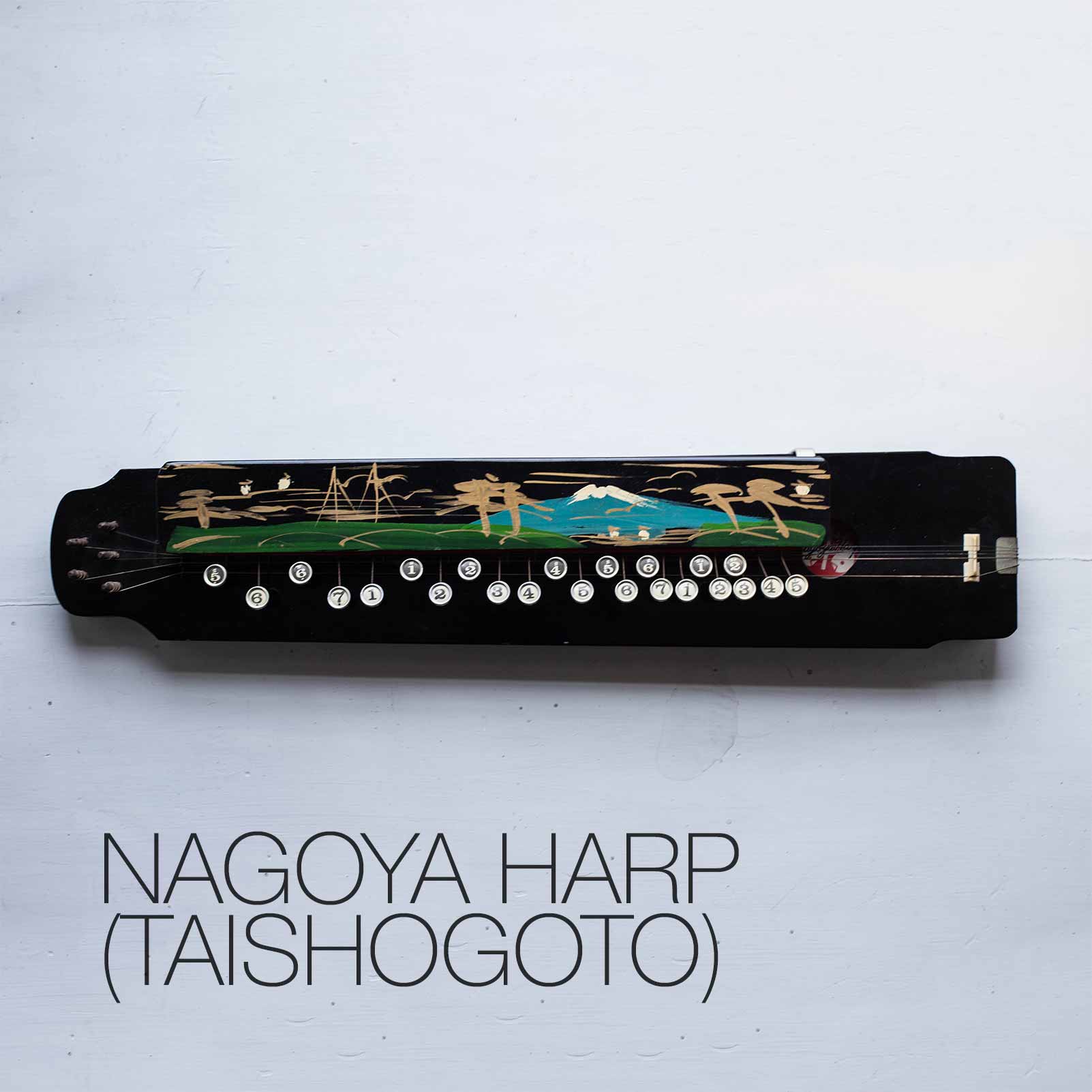We’ve made a video showing how we make virtual instruments using REAPER:
Tag: library
Kontakt Tutorial: How to Make an Arpeggiator (sort of) + FREE TOY PIANO KONTAKT LIBRARY
In this video, I take some first steps towards coding my own arpeggiator script. I also show off the great arpeggiator script that comes bundled with Kontakt. Along the way, I turn some samples of a toy piano I sampled and turn them into a full-featured Kontakt library.
The Toy Piano Kontakt library I made in this video is available for free here.
At one point in the video, I reference a video about round robins that I made a while back. You can watch that here:
I also mention Big Bob’s fantastic Ultra TKT script, which is available here: https://nilsliberg.se/ksp/scripts/utkt/utkt.htm
If you’ve been enjoying these videos, remember to hit like and subscribe on YouTube.
See you next time!
– Dave
Video Tutorial: How to Make Mic Level Controls in Kontakt + FREE BOWED NAGOYA HARP SAMPLE
In this video, I find out what happens when you play a Japanese Nagoya Harp (Taishogoto) with a violin bow! In the process, I demonstrate how to make microphone volume level control knobs.
The Plucked Nagoya Harp Library (with 3 mics, velocity layers, round robins, etc.) is still available for $10 here.
The completely different but related Bowed Nagoya Harp Kontakt Library that I created in this video is available for FREE here.
Enjoy!
– Dave
Presenting the new Nagoya Harp (Taishogoto) Kontakt Library

We’ve sampled a new instrument: Japanese Nagoya Harp (Taishogoto)!
It’s $10 for a limited time.
Buy it here
Video Tutorial: How to Make Decent Looping Samples for Kontakt + FREE MUSICAL WINE GLASSES KONTAKT LIBRARY
In this video, I explore various techniques for making samples loop. First, I cover the options available within Kontakt, then I investigate external tools: LoopAuditioneer and WaveLab. At the end of the video, I put theory into practice by recording some musical wine glasses and making them into a Kontakt Library.
The Kontakt library I created in this video can be downloaded here for FREE.
Video Tutorial: Creating a Kontakt Instrument from Start to Finish + FREE KALIMBA KONTAKT LIBRARY
In this video, I show you the entire process of creating a Kontakt Sample Library in four steps:
1. Recording
2. Noise Reduction (using iZoTope RX), Editing, and Chopping (using Reaper)
3. Sample Layout
4. and finally: Music
As part of the video, I sample a Kalimba I found in a thrift store and turn it into a Kontakt Library.
The free Kalimba Kontakt Library can be downloaded here.
Presenting the Weber 1929 Baby Grand Piano for Kontakt
Hi!
So my mother is a pianist, and all through my childhood, my family owned this baby grand piano–it was made by Weber in 1929. It had been in our family since the 1950s. Last year, my mom had to move, and the new place she was moving to didn’t have enough room for the piano. She offered it to me, but I didn’t have space for it either. So after a lot of stress and lost sleep, she finally decided to give it away. (By the way, she now has a nice, space efficient digital piano in her new place so she’s not without an instrument.)
Anyway, before she gave the baby grand away, I decided to sample it so that she and I would have a record of what it sounded like. And that is what I’m releasing today.
Let’s take a look at the UI. As Kontakt instrument go, it’s pretty straightforward:

At the top, there’s an option to turn on stereo doubling. This causes two samples to played at the same time.
The width knob controls the panning of the two samples. If it’s turned all the way down, the two samples are both in the middle.
If it’s turned all the way up, the samples are hard panned to the left and to the right.
The REVERB knob controls the reverb, of course. The convolution reverb that comes bundled with was specifically picked to go with these piano samples.
Next, there’s a filter cutoff knob. This basically controls the how much treble the soft notes get. If you turn it up, even the soft notes get a lot of treble. If you want it to sound like a soft piano, you’ll want to keep this knob panned to the left.
And finally, we’ve got our standard ADSR amplitude envelope. You probably won’t need to adjust these too much, unless you’re looked to do something really special.
OK. That’s it. I think it’s a great instrument. It has a unique, but also very ordinary sound that makes it ideally suited for cinematic piano tracks. And all for the price of a coffee…and another coffee…and possible a third coffee. Hope you like it!
Buy it here: Weber 1929 Baby Grand Piano (Kontakt)
– David Hilowitz